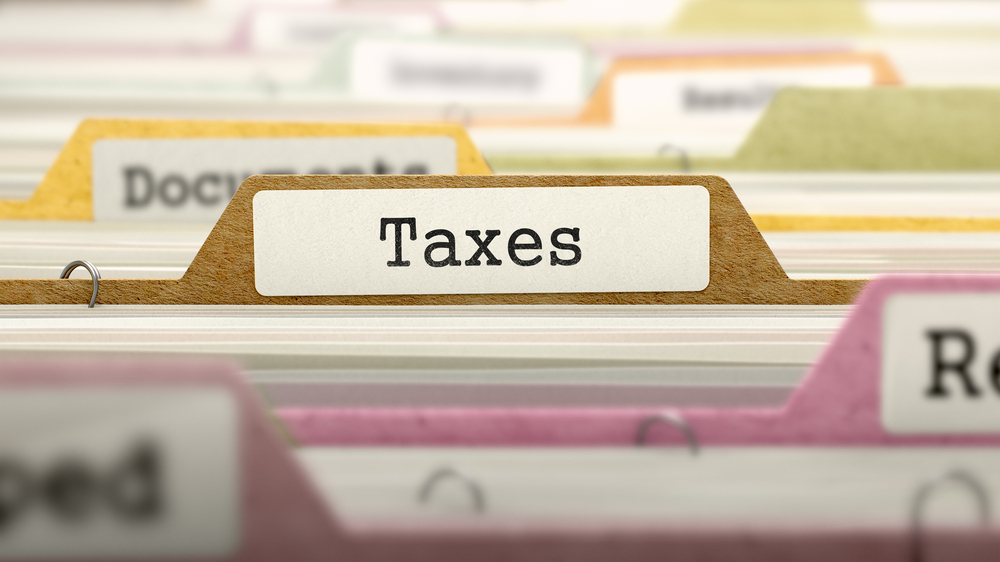Bonus Depreciation Guide
As a small business owner, you should be taking advantage of every tax break available to you. One powerful deduction that can significantly reduce...

When small businesses purchase or finance equipment such as vehicles, machinery, office furniture, and computers, options are available to help maximize tax deductions. One of which is the modified accelerated cost recovery system (MACRS), which lets a business recover the cost basis of qualifying business assets that depreciate over time, usually in 3, 5, 7, or 10 years or longer.
Another option is the Section 179 tax deduction, which differs from MACRS in that it lets businesses deduct the cost of qualifying equipment in the year it is acquired and used. This Huddle Business Capital blog article will help you better understand MACRS depreciation. We explain what it is, how it works, and more.
As mentioned above, MACRS is a depreciation method that allows businesses to recover the costs of tangible assets over a predetermined period. It was developed to offer tax breaks to businesses that invested in qualifying equipment, the results of which leave them with more cash to invest in other areas of their operations.
Depreciation refers to the gradual decrease in a tangible asset's value due to normal wear and tear and deterioration. For example, if a construction business purchases a piece of heavy equipment for $80,000, it will decrease in value each year it is used. The construction business owner can use the MACRS method to determine the number of years depreciation can be claimed on their tax return.
The depreciation time frame for each type of asset is determined by the Internal Revenue Service (IRS), the information of which can be found on the IRS website. Common types of tangible business equipment that typically qualify for MACRS depreciation include vehicles (passenger cars, trucks, vans, buses), office furniture (desks, chairs, cabinets), machinery, technology (computers, printers, scanners), and specific farm and agricultural structures.
A wide variety of tangible business assets are eligible for MACRS depreciation, as are a few intangible assets, including patents, copyrights, and trademarks. You should consult an accountant or tax advisor to learn if a particular asset qualifies for MACRS depreciation and, if so, for how long. The IRS has a lengthy list of qualifying assets that are subject to change at any time, and every business's list of assets and financial situation is unique.
MACRS depreciation encompasses two different systems: the general depreciation system (GDS) and the alternative depreciation system (ADS). The general depreciation system is the more commonly used method and provides small businesses with more significant deductions in the earlier years of an asset's recovery period. This means owners can deduct a bigger portion of an asset's cost upfront, resulting in significant tax savings in the initial years of the asset's life.
On the other hand, the alternative depreciation system offers a straight-line depreciation method, spreading out deductions evenly over an asset's recovery period. While this may result in smaller deductions each year, it is a good option for assets with more extended recovery periods or that are subject to certain limitations.
The general depreciation method is ideal for assets that have a shorter useful life or are subject to obsolescence, such as vehicles, machinery, and computers. On the other hand, the alternative depreciation system is commonly used for property used less than 50% of the year for business, property that is tax-exempt, and specific types of farming equipment.
As mentioned earlier, it would be helpful to consult an accountant or tax advisor regarding your business's situation regarding asset depreciation. The MACRS depreciation asset classes, recovery periods, and rules are complex and can be confusing to grasp. Therefore, receiving professional guidance can save time and eliminate potential errors on your tax return.
An accountant or tax advisor can evaluate your business's asset purchases and financial situation, recommend the most appropriate depreciation method you should use, and assist you with your tax paperwork and filing. They can also provide information regarding asset classes that are required to use the alternative depreciation method.
This Huddle Business Capital blog article is purely educational and contains general information and opinions; it is not intended to provide advice or recommendations of any kind.

As a small business owner, you should be taking advantage of every tax break available to you. One powerful deduction that can significantly reduce...

Are you planning to purchase business equipment, office equipment, vehicles, or other big-ticket items for your small business? If so, you probably...

The start of the New Year is a fantastic time for business owners to begin planning for the business tax season. Taking steps now can help ensure a...